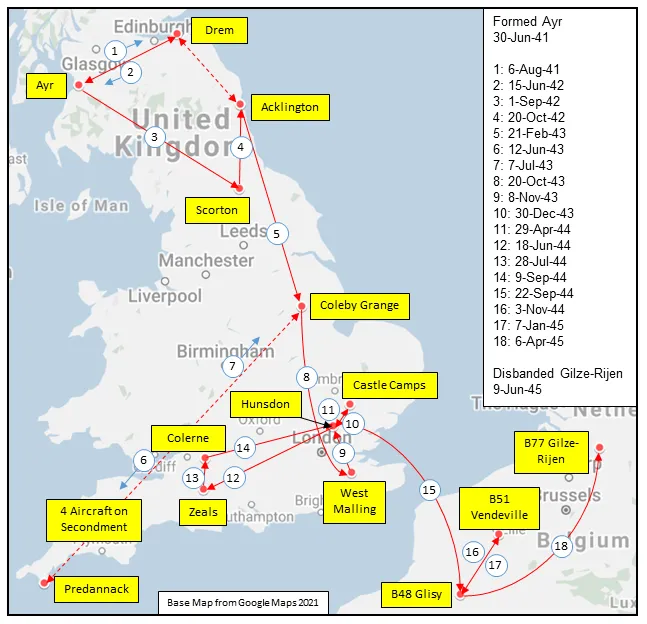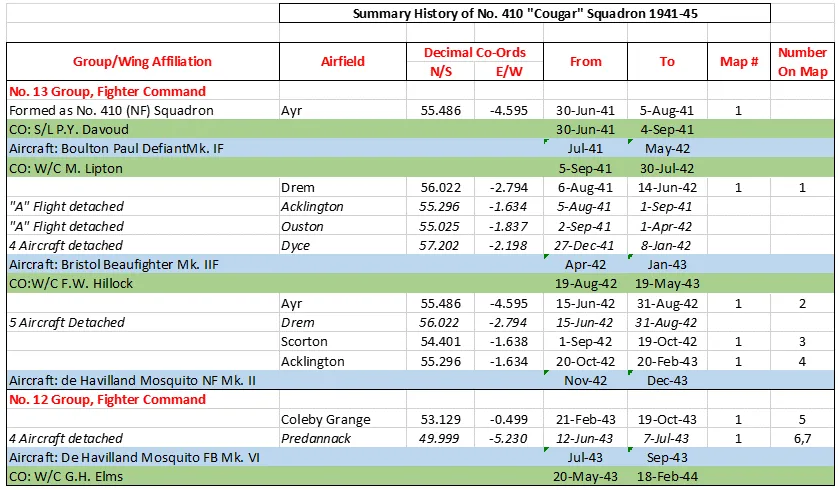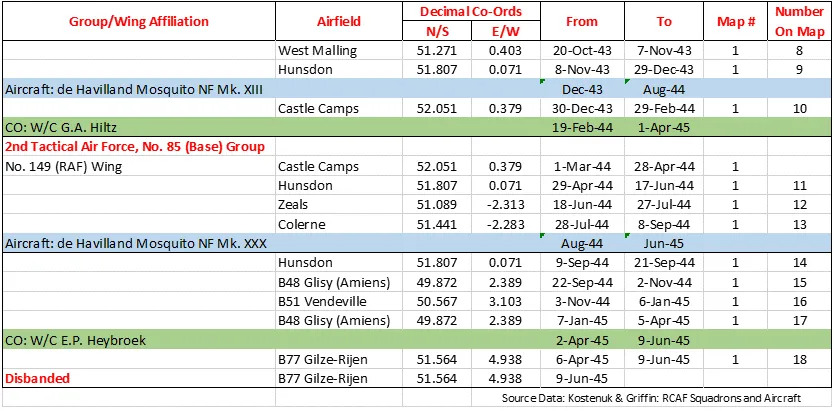Avro Canada CF-100 Canuck Clunk

The Avro Canada CF-100 Canuck (affectionately known as the "Clunk") was a Canadian jet interceptor/fighter in service during the Cold War both in NATO bases in Europe and as part of NORAD. The CF-100 was the only Canadian-designed fighter to enter mass production, serving primarily with the RCAF and the Canadian Armed Forces, and also in small numbers in Belgium. For its day, the CF-100 featured a short takeoff run and high climb rate, making it well suited to its role as an interceptor.
Production consisted of 5 pre-production CF-100 Mk. 2 aircraft, 74 machine gun armed CF-100 Mk. 3 aircraft, 280 CF-100 Mk. 4 aircraft armed with both machine guns and rocket pods, and 331 CF-100 Mk. 5 aircraft armed only with rocket pods. Harold Skaarup web page
CASPIR Aircraft Groups:
RCAF On Strength (692), RCAF 400 Squadron (90), Canadian Aircraft Losses (53)Canuck Mk. 5 18553
Served with No. 428 AW(F) Squadron, RCAF Station Uplands, Ontario, in the 1950s. With No. 410 AW(F) Squadron at time of crash. Flying Officer M.C. Anderson and Flying Officer S.A. Henry killed.
1956-06-14 Taken on Strength 2019-08-20
1957-01-08 Struck off Strength Struck off, after Category A damage on 20 December 1956 at Aylmer, PQ. 2019-08-20



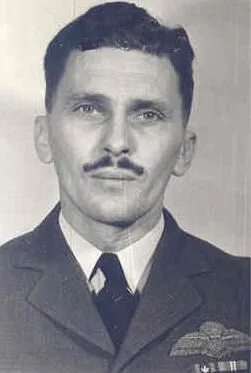

 Canadian Virtual War Memorial
Canadian Virtual War Memorial Find-A-Grave.com
Find-A-Grave.com Toronto, Ontario
Toronto, Ontario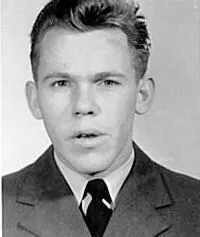
 Avro Canuck CF-100
Avro Canuck CF-100 Wikipedia Avro Canuck
Wikipedia Avro Canuck Harold A Skaarup Web Page
Harold A Skaarup Web Page
